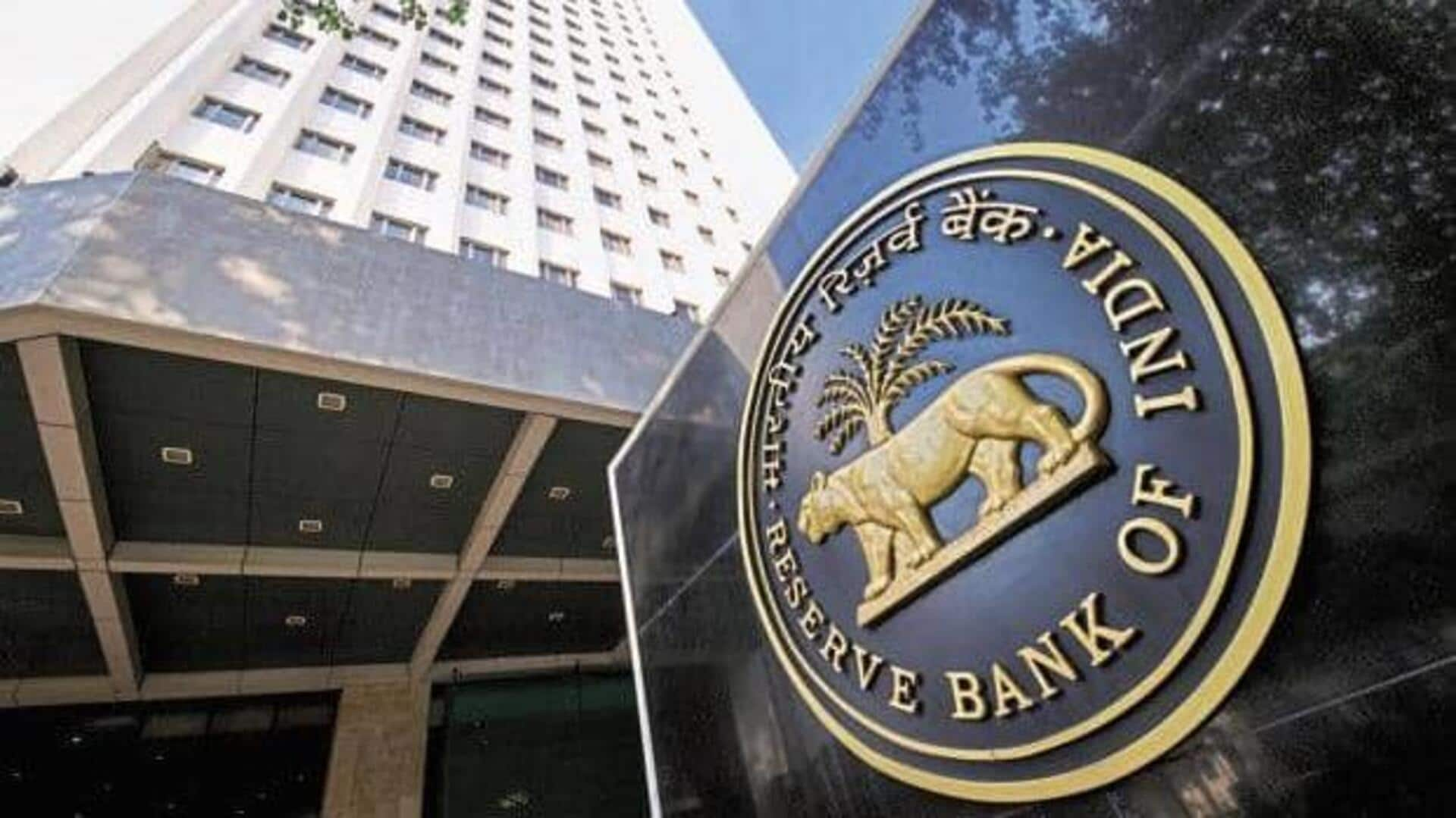
Indian banks' asset quality improves to decade's best in September
What's the story
India's banking sector's asset quality continued to improve in the second quarter of the current financial year, easing to a fresh decadal low. The Reserve Bank of India's (RBI) 'Trend and Progress of Banking' report published on Wednesday shows a decline in the gross non-performing assets (GNPA) ratio to 3.2% by September 2023. This positive trend began in 2018-19 and persisted through FY23 and the first half of FY24, the report stated.
Insights
What is GNPA ratio?
GNPA ratio is a financial metric used in banking to measure the proportion of loans that are considered non-performing compared to the total loans given out by a bank. Non-performing assets (NPAs) are loans where the borrower has stopped paying interest or principal repayments for a specified period, typically 90 days or more. The GNPA ratio is calculated by dividing the total amount of gross non-performing assets by the total loans issued by the bank and then multiplying by 100.
Details
Capital adequacy measures show positive trends
The capital to risk-weighted assets ratio (CRAR), a measure of capital adequacy, reached 16.8% by September 2023. The RBI report emphasizes that all bank groups met the regulatory minimum requirement and the common equity tier 1 (CET1) ratio requirement, showcasing the overall stability and resilience of India's banking sector. This ensures that banks are sufficiently capitalized to withstand potential losses from their risk exposures.
What Next?
Growth in balance sheets and deposits
In 2022-23, the consolidated balance sheet of scheduled commercial banks grew by 12.2%, fueled by credit expansion in the retail and services sectors. Deposit growth also increased during this period, albeit at a slower pace than credit growth. This growth signifies a positive shift in the banking industry, with heightened lending activity bolstering economic growth and development across various sectors in India.